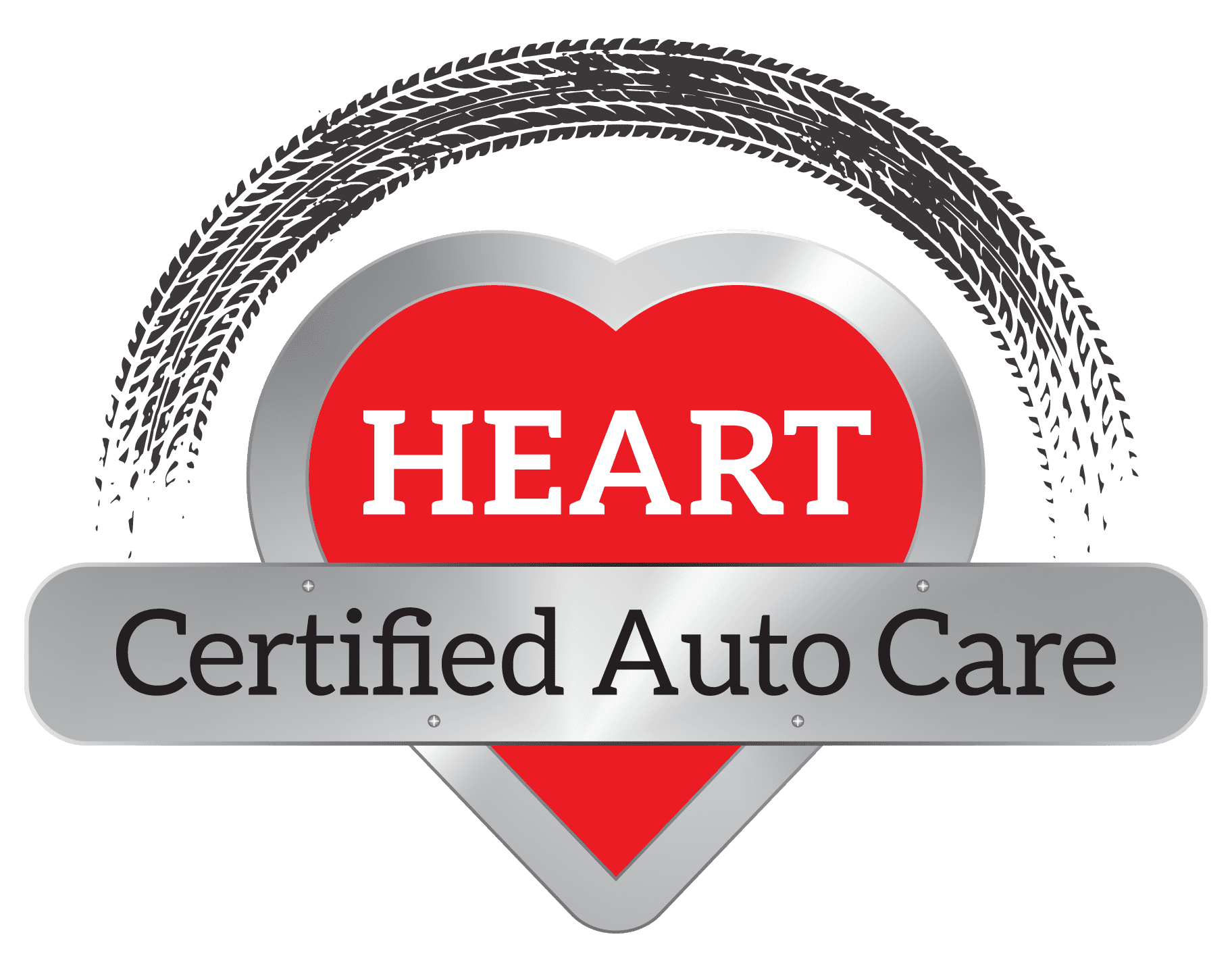Top Tips for a Ford Evap System Test in Evanston


Proper maintenance of your vehicle’s Evaporative Emission Control (EVAP) system is important for achieving peak performance and meeting environmental regulations. For Ford owners in Evanston, knowing how to perform an EVAP system test can help you avoid future issues and save both time and money. This guide offers essential tips for conducting a Ford EVAP System Test in Evanston, ensuring you can handle the process with confidence.
Understanding the Ford EVAP System
The EVAP system in your Ford is designed to prevent harmful fuel vapors from escaping into the atmosphere. It captures these vapors and reintroduces them into the engine for combustion. This not only helps in reducing emissions but also improves fuel efficiency. Here are some key components of the EVAP system:
- Charcoal Canister: Stores fuel vapors.
- Purge Valve: Controls the flow of vapors to the engine.
- Vent Valve: Allows fresh air to enter the system when needed.
- Fuel Tank Pressure Sensor: Monitors pressure in the fuel tank.
Maintaining your Ford’s EVAP system is essential for reducing emissions and enhancing fuel efficiency.
Why is EVAP System Testing Important?
Conducting regular EVAP system tests is essential for several reasons:
- Environmental Compliance: Ensures your vehicle meets stringent emission standards, thereby reducing its environmental impact.
- Fuel Efficiency: Prevents fuel wastage by capturing and utilizing vapors that would otherwise escape, thus improving overall fuel economy.
- Check Engine Light: Diagnoses underlying issues that could trigger the check engine light, allowing you to address them before they escalate.
- Cost Savings: Detects potential problems early on, preventing costly repairs and extensive damage to other vehicle systems.
Regular EVAP system testing is crucial for maintaining your vehicle’s performance, efficiency, and compliance with emission standards.
Common EVAP System Error Codes
During a Ford Evap System Test in Evanston, understanding common error codes can help diagnose specific issues quickly. Here are a few to watch for:
- P0440: EVAP System Malfunction
- P0441: Incorrect Purge Flow
- P0442: Small Leak Detected
- P0455: Large Leak Detected
- P0456: Very Small Leak Detected
For each code, refer to your vehicle’s service manual to understand the specific diagnostic procedures and recommended fixes.
Tools and Equipment Needed
If you’re planning to take your Ford for an EVAP system test in Evanston, you might be interested in what tools and equipment the professionals use:
- OBD-II Scanner: Essential for reading diagnostic trouble codes (DTCs).
- Smoke Machine: Helps identify leaks in the EVAP system.
- Vacuum Gauge: Measures vacuum pressure within the system.
- Hand Tools: Basic tools like wrenches and screwdrivers.
Understanding the tools and equipment professionals use highlights the importance of their expertise in effectively performing the Ford EVAP system test in Evanston.
Understanding the Process:
As a car owner, knowing what happens during a professional Ford Evap System Test can help you appreciate its complexity and the expertise involved.
1. Connect the OBD-II Scanner
- The technician will locate the OBD-II port under your dashboard.
- They will connect the scanner and turn on the ignition (without starting the engine).
- The scanner will read any stored Diagnostic Trouble Codes (DTCs) related to the EVAP system.
2. Visual Inspection: A thorough visual inspection of the EVAP system components is conducted:
- Checking for cracked or damaged hoses.
- Inspecting the charcoal canister for signs of wear.
- Ensuring all connections are secure and free of corrosion.
3. Smoke Test for Leaks: A smoke machine is used to perform a leak test:
- The smoke machine is connected to the EVAP system.
- Smoke is introduced and any leaks are observed.
- Special attention is given to the purge valve, vent valve, and fuel lines.
4. Vacuum Test: A vacuum gauge checks the integrity of the system:
- The gauge is connected to different points in the EVAP system.
- Readings are monitored to ensure there are no drops in pressure.
These steps illustrate the comprehensive and detailed process that professionals follow to evaluate and maintain your Ford’s EVAP system, ensuring its efficiency and environmental compliance.
Advanced Troubleshooting Techniques
When basic troubleshooting doesn’t resolve the issues with your Ford EVAP system, it’s essential to understand the advanced techniques that professionals utilize. Knowing the intricacies of these methods underscores the importance of trusting a skilled mechanic.
1. Testing the Purge Valve
- Remove the Purge Valve: The technician disconnects the purge valve from the system.
- Apply Voltage: They use a 12V power source to apply voltage to the valve and listen for a clicking sound, indicating the valve is opening and closing properly.
- Vacuum Test: A vacuum pump is connected to the valve. If the valve holds vacuum when powered, it is functioning correctly.
2. Checking the Vent Valve
- Access the Vent Valve: The vent valve near the charcoal canister is located by the technician.
- Inspect for Obstructions: They ensure there are no blockages preventing the valve from operating.
- Electrically Test the Valve: Voltage is applied, similar to the purge valve test, and they listen for the clicking sound.
3. Sensor Testing
- Fuel Tank Pressure Sensor: This sensor plays a critical role in detecting leaks. Using a multimeter, the technician checks its resistance values against the manufacturer’s specifications.
- Temperature Sensors: Some Ford models have temperature sensors in the EVAP system. These are tested using the OBD-II scanner to ensure they provide accurate readings.
These advanced techniques highlight the complexity of EVAP system troubleshooting and the expertise required, emphasizing why it’s crucial to rely on professional mechanics for such detailed and precise work.
Preventative Maintenance Tips
Regular maintenance of your Ford’s EVAP system can prevent many issues highlighted during a Ford Evap System Test in Evanston. Consider these tips:
1. Regularly Inspect Hoses and Connections
- Visual Checks: Periodically inspect all hoses and connections for signs of wear or damage.
- Replace as Needed: Don’t hesitate to replace components that appear worn out to prevent future issues.
2. Keep the Gas Cap Tight
A loose gas cap is a common cause of EVAP system errors. Always ensure it is tightly secured after refueling.
3. Service the Charcoal Canister
- Clean Regularly: Clean the charcoal canister to remove any debris or dirt.
- Replace if Damaged: If the canister is damaged or has reached the end of its service life, replace it promptly.
4. Monitor Dashboard Alerts
Pay attention to any EVAP-related warning lights or messages on your dashboard, and address them promptly by having your vehicle inspected.
If you’re in Evanston and need assistance with your Ford Evap System Test or any other auto repair needs, contact HEART Auto Care. Our expert technicians are trained to handle all aspects of EVAP system maintenance and repair, ensuring your vehicle runs smoothly and complies with emission standards. Don’t wait—schedule your appointment today!
Conclusion: Essential Tips for a Ford Evap System Test in Evanston
Conducting a Ford Evap System Test in Evanston is crucial for maintaining your vehicle’s performance and adhering to emission standards. Whether you choose to perform the test yourself or seek professional help, understanding the process and knowing what to look for can save you time and money. Regular maintenance and choosing the right service center are key to ensuring your EVAP system remains in optimal condition.










